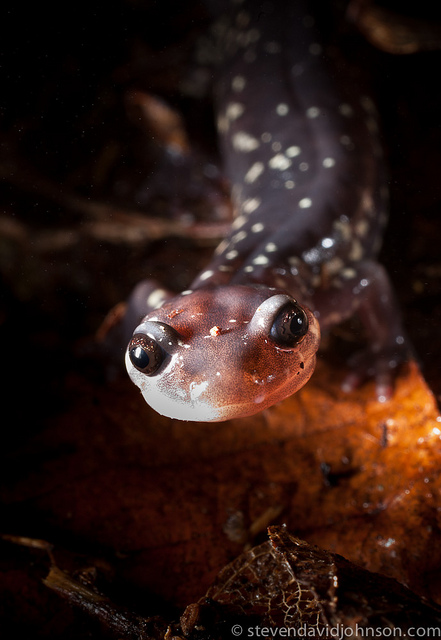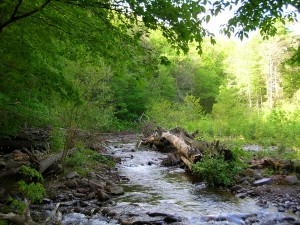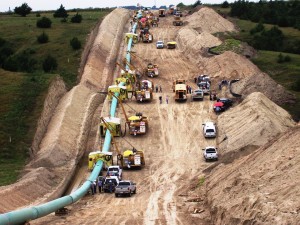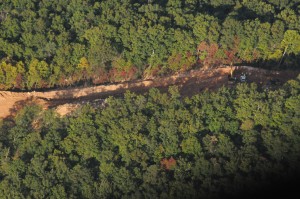What is happening NOW?
Wild Virginia is a member of the Allegheny Blue Ridge Alliance (ABRA). ABRA compiles detailed, weekly updates on the Atlantic Coast Pipeline. Access these updates here.
Why is Wild Virginia Against the pipeline Proposal?

Threat to Rare Species: the pipeline would threaten the habitat of the endangered species, including Cow Knob Salamander, James spiny mussel, Rusty Patch Bumblebee, Indiana Bat, Northern Long-Eared bat, and Virginia Big-Eared Bat.
Habitat and Natural Processes Destruction: construction of the pipeline would fragment habitat, isolate populations, and increase forest edge thereby threatening the survival of populations of the wildlife species that make the GWNF special.
Invasive Species: the permanently cleared swath of land would allow for the invasion of nonnative species and disease in the GWNF.
 Water Pollution: Sedimentation caused by construction could threaten the water quality especially those of special concern such as native brook trout streams and the headwater streams that supply the water used by the Shenandoah Valley.
Water Pollution: Sedimentation caused by construction could threaten the water quality especially those of special concern such as native brook trout streams and the headwater streams that supply the water used by the Shenandoah Valley.
Degradation of Scenic Value: the construction of the pipeline would degrade the exceptional scenic and recreation value of the GWNF.
Future Development: the presence of the pipeline in the national forest would make the GWNF more desirable for natural gas drilling.
Pipeline threatens Virginia communities who live closely to the land: The ACP threatens the unique rural character of Virginia’s mountain communities, many of whom base their subsistence and livelihood on the integrity of the land.
Images: Left: Ramsey’s Draft Right: Cow Knob Salamander
Facts and Figures of Dominion’s Proposed Pipeline
► Construction of a 550-mile long natural gas pipeline to carry natural gas from West Virginia through Virginia to North Carolina

► 13 miles of pipeline through the George Washington National Forest
► To build and maintain the pipeline, a 200-foot cleared construction right-of-way, a 75-foot cleared permanent right-of-way, and access roads would be constructed along the route in the GWNF
► 40-50 miles of pipeline through national forests throughout region
► $2,000,000,000 construction costs
Image: Price Gregory International – Pipeline Construction in Nebraska
Wild Virginia in Action
 Wild Virginia is leading the charge with a coalition of organizations to stop the pipeline. As a founding member of ABRA (The Allegheny-Blue Ridge Alliance) we are working hard to organize a unified campaign against the Atlantic Coast Pipeline
Wild Virginia is leading the charge with a coalition of organizations to stop the pipeline. As a founding member of ABRA (The Allegheny-Blue Ridge Alliance) we are working hard to organize a unified campaign against the Atlantic Coast Pipeline
Wild Virginia is also part of the DPMC (Dominion Pipeline Monitoring Coalition) that will monitor the pipeline project from the ground and the air with the help of dedicated volunteers.
New information is emerging everyday. We will do our best to keep you updated and share ways you can help us fight this proposal. Learn More from ABRA’s weekly updates.
What can you do?
Where is the pipeline going?

View this interactive Atlantic Coast Pipeline Map (from the Dominion Pipeline Monitoring Coalition)
Image: Giles County
Wild Places in Virginia Threatened by the Pipeline
Image: Box Turtle, George Washington National Forest
New information is emerging everyday.
We will do our best to keep you updated and share ways you can help us fight this proposal. Learn More from ABRA’s weekly updates.
